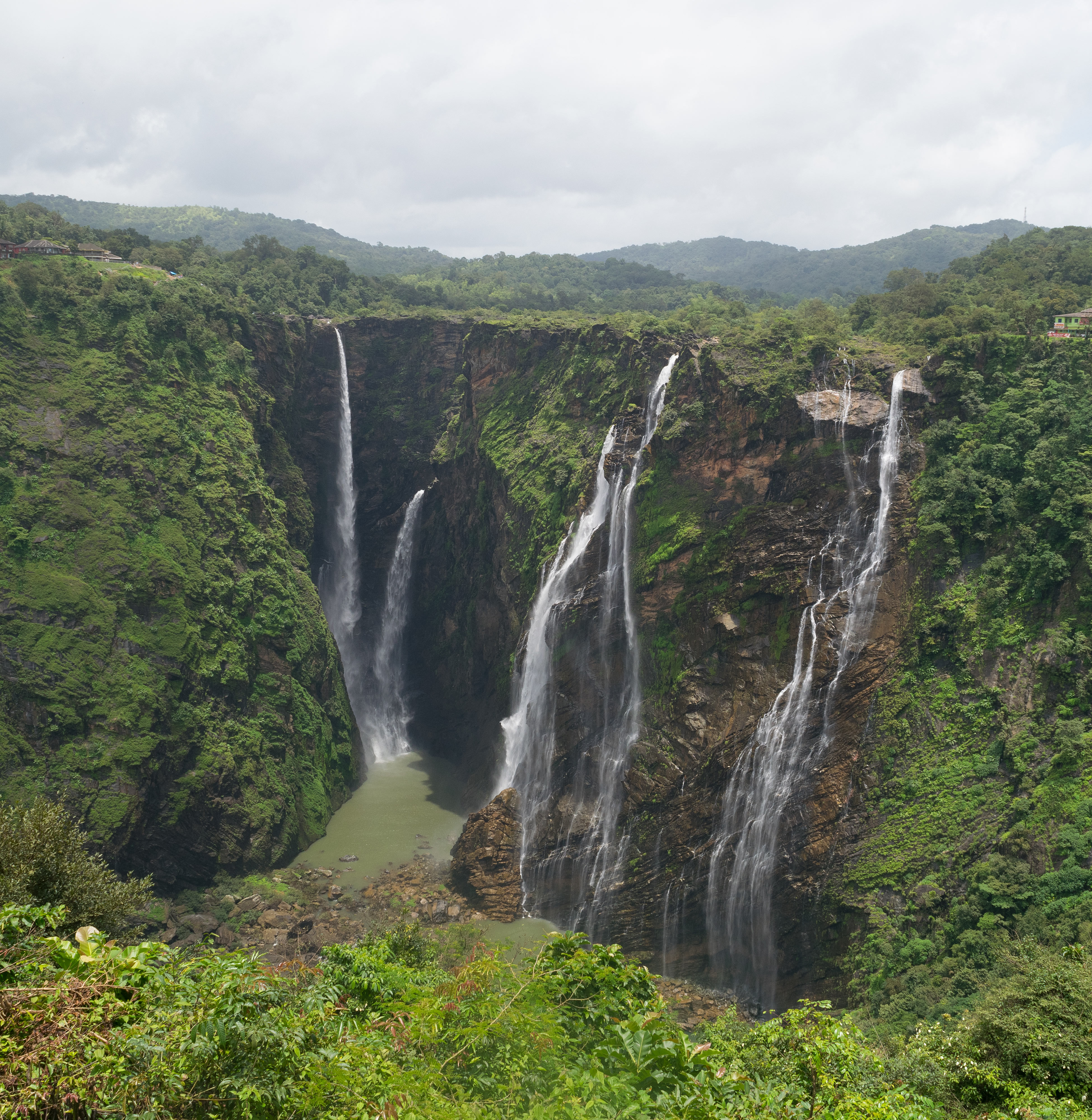The Sharavathi Valley Wildlife Sanctuary represents a profound ecological and cultural landscape nestled within Karnataka's Western Ghats. Established as a protected area in 1972, this sanctuary embodies a complex narrative of environmental conservation, biodiversity, and local heritage that extends far beyond its geographical boundaries.
The sanctuary's ecological significance is deeply rooted in its remarkable biodiversity. Spanning diverse landscapes, it provides critical habitat for numerous endangered species, including the iconic Lion-tailed macaque. The region's intricate ecosystem supports a rich array of wildlife, from majestic tigers and leopards to elusive sloth bears, each contributing to the complex web of life that defines this remarkable landscape.
Geographically positioned near Karnataka's western border, the sanctuary represents more than just a protected wilderness. It serves as a crucial corridor within the Western Ghats, a UNESCO World Heritage Site renowned for its extraordinary ecological value. The landscape is characterized by its varied topography, including dense forests, riverine ecosystems, and unique geological formations that have evolved over millennia.
The Sharavathi River, which traverses the sanctuary, plays a pivotal role in defining its ecological and cultural identity. This life-giving waterway not only sustains the region's diverse flora and fauna but also weaves through local cultural narratives, embodying both ecological significance and profound cultural symbolism. The construction of the Hirebhaskar and Linganamakki dams in the early 20th century further transformed the region's landscape and human interactions.
Local communities have been intrinsically connected to this landscape for generations. Their traditional knowledge, cultural practices, and deep-rooted understanding of the ecosystem have played a crucial role in conservation efforts. The sanctuary's management integrates scientific approaches with traditional ecological wisdom, recognizing the symbiotic relationship between human communities and natural environments.
The sanctuary's zonal structure—comprising core, buffer, and tourist zones—reflects a nuanced approach to conservation and public engagement. The core zone remains strictly protected, preserving the most sensitive habitats, while the buffer zone provides a transitional space. The tourist zone offers controlled access, allowing visitors to experience the sanctuary's remarkable biodiversity while minimizing ecological disruption.
Unique plant species like Dhoopa, Gulmavu, Surahonne, and Mavu not only contribute to the sanctuary's botanical diversity but also hold cultural significance for local communities. These native species represent more than mere botanical entities; they are living repositories of ecological knowledge and cultural memory, reflecting the intricate relationships between human societies and their natural environments.
Modern conservation efforts in the Sharavathi Valley Wildlife Sanctuary continue to evolve, balancing ecological preservation with sustainable tourism and community engagement. Research initiatives focusing on endangered species, habitat restoration, and ecological monitoring contribute to a broader understanding of conservation strategies in complex, biodiverse landscapes.




